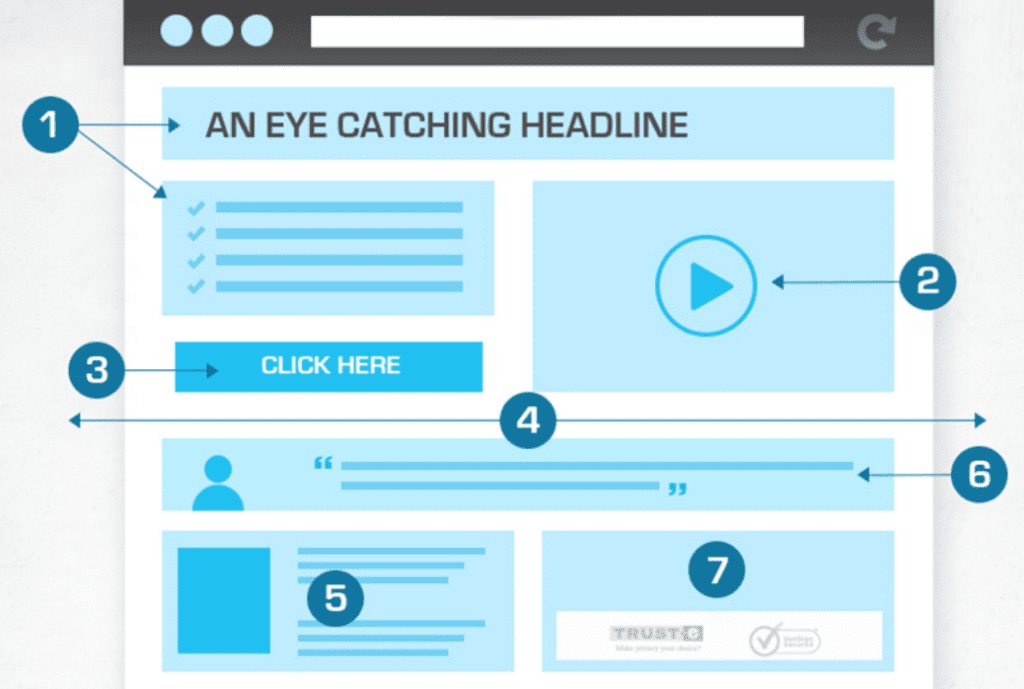Buying online has gone from being a fad to being a reality in the day to day of consumers, who are no longer satisfied with the sites that simply offer an option to buy online, they seek and demand a quality shopping experience in each of the sites they visit. What benefit will we get if we buy from site A? What is the additional feature that is only available in site B? These questions are examples of the questions a consumer makes when selecting a store among the ocean of existing e-commerce websites. What will make a site get that competitive advantage over another? Will it be enough to offer the customer the exact information looking for, at the right time, and most of all at the appropriate level of detail make a difference? The answer is half a yes. If the customer is not able to find and access this information quickly and easily, we will have lost a sale. The user experience, of which UX is the abbreviation, is the solution that covers all aspects of the interaction of the end user with the e-commerce store, its services and its products.
We know about the fierce competition between ecommerces for attention and customer retention. The user experience features which are included in a site are the main focal points to engage customers, and this UX can make or break the success ladder of an e-commerce company. How would we define a successful UX strategy for an ecommerce?
1. Being able to find an ecommerce easily
This is where all user experience begins. This implies that the first thing that must be done is to make an adequate SEO positioning so that a possible client can find our online store on the Internet.
2. Creating a smooth user interaction
Once the user has found the store on the Internet, he should also be able to immediately identify the products that are offered and the value proposition involved. Therefore, the interaction of the user with the different elements of the web must be fluid, either through the navigation of menus, buttons, links, images … in this way the central objective of retaining users will be well maintained.
3. Ease to find products
What happens if, despite the attempt to create a good UX, the client still can not find what they are looking for due to the immense complexity involved? This is where a site could stand out and the differentiation strategy could be used to add potential to the site by providing a customer with an experience outside of the user’s usual use of discovering all the products slowly without actually looking for them. A good use of the main menu, a good categorization of the products, a filtering system for different attributes of the product (color, size…), can make a customer prefer your ecommerce and, also, return in later to purchase again.
4. Simplifying the ‘selection’ process
The difficulty for a client lies in choosing a product among a range of options. Why is product A better than B? Why is the price difference? What added value will one provide instead of the other? All this procedure can be simplified for the user by offering all the necessary information about the products and giving them the necessary elements to easily select among them. The description of the product with the images of it must be clear, with the necessary depth so that the client can reach a logical conclusion and be able to choose between the different options.
5. Providing a secure user interface for purchase process
Users must feel safe throughout the entire shopping experience. One of the most important interactions in any e-commerce site is the user experience during the billing process. This implies a smooth transition from the access and addition of the products to the shopping cart, to the correct registration / identification of the user and from there to the selection of the payment method and the selected payment gateway.
6. Extending the UX beyond the purchase
After keeping a watch for all the user interactions and user experiences that a customer would face before and while shopping online. What next? The e-commerce UX definitely does not end there. The post purchase UX is a key success factor for any ecommerce site since it provides an opportunity to be in touch with the customers and to motivate them to visit the site again? Email communications, SMS and push notifications are just a few of the channels to keep in touch with customers and to encourage them to return to visit the site and shop.
7. Efficient customer service interaction
There could be no better way than the customer service interaction to test the user interface functionality. Does the site offer an effective and customized customer service? Whenever possible there are various methods of meeting the needs and preferences of different users. Through a good FAQs section and a responsive feedback and complain section.

The must have UX for E-Commerce
- Vídeos: we all enjoy those short 1 minute videos that are shown on our favorite sites. Product videos engage users and convey information in an effortless way. They bring a product to life more than static images. It is because of their potential for increasing sales and also improving the search engine placement, product videos are bound to become a standard feature on e-commerce product pages in the near future.
- Alerts: price is one of the most important factors for making purchasing decisions. We as customers have experienced hopping from site to site in search of the best price for our selected item. Now wouldn’t it be great if we were alerted about the drop in a price of the item we had showed interest in earlier? Definitely and this is a feature that would drag customers back again and again to the site.
- Live reviewing: being able to discuss about a product with people in different locations who have viewed the same product page is a good way to bring about a different user experience. When a user is able to chat in a sidebar about the product with another user; they can exchange reviews there and then and hence this builds up an even better user interaction experience for the customer.
- Trial and see: When it comes to clothes, customers are very picky and frequently change their minds because of the lack of touch feel sensation of clothes online. But giving them the opportunity of trying on the clothes virtually and checking out how it suits is definitely a new trend that is fast progressing in demand. And thus it is a must have UX in the e-commerce market.
Understanding the need of a customer in the current scenario is very important in order for E-Commerce to grow. The user experience and user interaction are two tools that need to be leveraged upon as much as possible in the virtual world. Being able to deliver what customers are shopping for, and offering different features as compared to what the competitors are offering, are key building blocks in a winning UX strategy.



